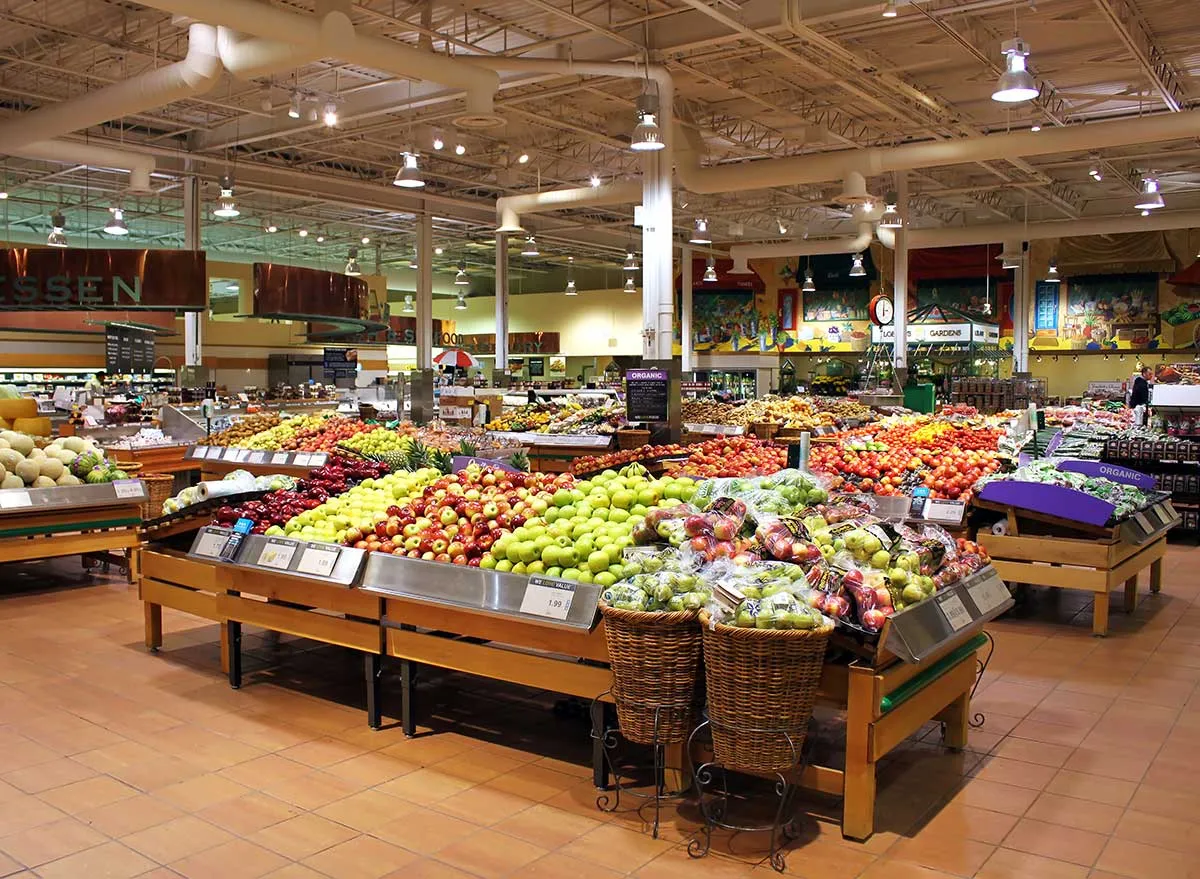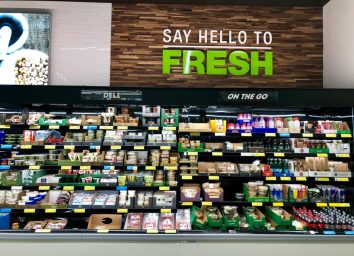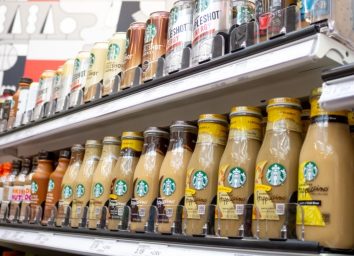You May Start Seeing Less Produce at the Grocery Store Because of This

It's no secret that the food industry has recently been hit hard by several immeasurable forces, resulting in what publications, including The New York Times and Time Magazine, have referred to as a 'Global Food Crisis'. Inflation, rising energy prices, and supply chain delays coupled with effects from the war in Ukraine have caused food prices to hit an all-time high—forecasted to increase 5% this year compared to 2021—and contributed to countless scarcities on grocery store shelves.
Now, the latest cause for concern lies in the shortage and soaring costs of fertilizer and it could affect the produce section.
Similar to the world's wheat supply, which relies heavily on exports from Ukraine and Russia, fertilizer supplies are also dependent on Russia's shipments. The country and bordering Belarus, are major producers of urea, potash, and ammonium nitrate—all key chemical compounds used in fertilizer—as well as nitrogen, phosphorus, and potassium-based fertilizers.
With sanctions now in place within both countries, and a growing list of shipping companies halting services to and from Russia, trade of the good is limited and the market is already feeling the effects of unprecedented prices. Costs for several types of fertilizers have already more than doubled compared to this time last year, also influenced by the growing cost of natural gas which is used in production.
"All of this is a double whammy, if not a triple whammy," global head of commodity strategy at TD Securities, Bert Melek, told CNBC. "We have geopolitical risk, higher input costs and basically shortages."
Elevated prices and less available fertilizers trigger an undesirable snowball effect which will inevitably result in limited produce amounts. As farmers start to use the hot commodity more sparingly to save money and simply due to lack of access, crop yields will likely decrease. This adds to another existing concern of climate change's impact on yields. Farmers may also deploy a strategy of rotating in more crops which require lower fertilizer levels.
"Larger producers may be able to weather the storm of higher fertilizer prices, but smallholder and family-run farms who cannot afford higher costs can be hit hard by market volatility of these key products," Svein Tore Holsether, CEO and president of Yara International, a major producer of nitrogen fertilizer, told Fortune.
If climbing prices do lead to the closures of some smaller production farms, food items will become that much harder to find across the world's grocery stores.
With other factors at play, food cost increases are already in motion. And, with the additional impacts from the war, the USDA now predicts a 4.5 – 5.5% increase in all food items during 2022. However, since many farmers purchase fertilizer far in advance, consumers may not start to see the full effects of this shift until after the upcoming harvest season and later into 2022.
Receive more information about the war's impact, specifically in The United States, with President Biden Warns 'Real' Grocery Shortages Are Coming.









